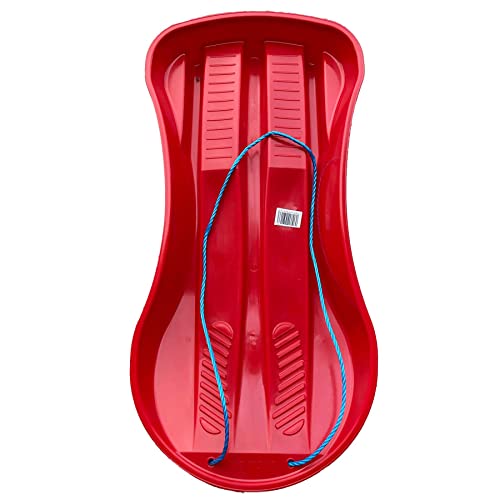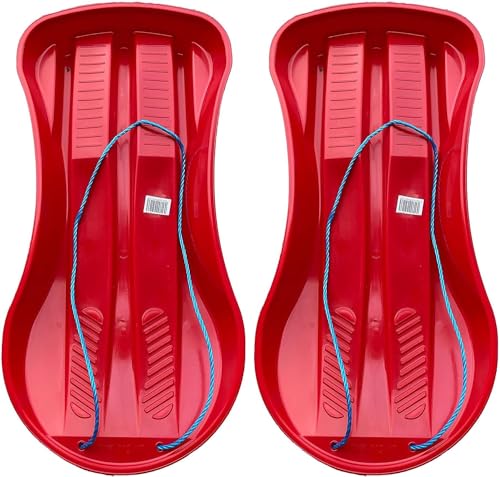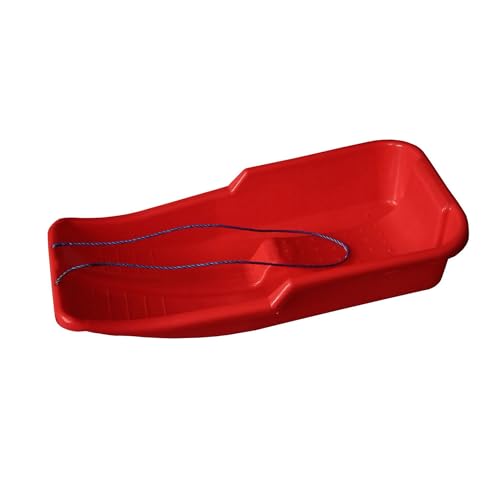Sledges are only for children
When you think of a sledge, you might envision a child bundled up in winter gear, joyfully sliding down a snowy hill. However, sledges are not just for children. They are also popular among adults who enjoy outdoor activities and want to experience the thrill of gliding down hills or racing with friends.
Sledges can only be used on snow
While sledges are commonly used on snowy surfaces, they are not limited to just snow. Many sledges are designed for versatile use on various types of terrain, including grassy slopes, sand dunes, and even water. Sledging on different surfaces can provide a unique and exciting experience for thrill-seekers.
Sledges are only used for downhill activities
While sledging downhill is a popular activity, sledges can also be used for other purposes. For example, sledges can be used for transportation in snowy or icy conditions, especially in areas where other vehicles may have difficulty navigating. Additionally, sledges can be used for exercise, as pulling or pushing a heavy sledge can provide a challenging workout.
Sledges are fragile and easily breakable
There is a common misconception that sledges are fragile and easily breakable. However, modern sledges are typically made from durable materials such as high-density polyethylene or heavy-duty plastic, which can withstand rugged usage. Additionally, sledges are designed to distribute weight evenly and provide stability, reducing the risk of damage or breakage.
Sledges are only used in winter
While sledging is most commonly associated with winter activities, sledges can be used throughout the year. In regions with a lack of snow, sledges can be used on grassy slopes or even on sand dunes. There are also special sledges designed for use on water, allowing for exciting rides on lakes, rivers, or even the ocean.






